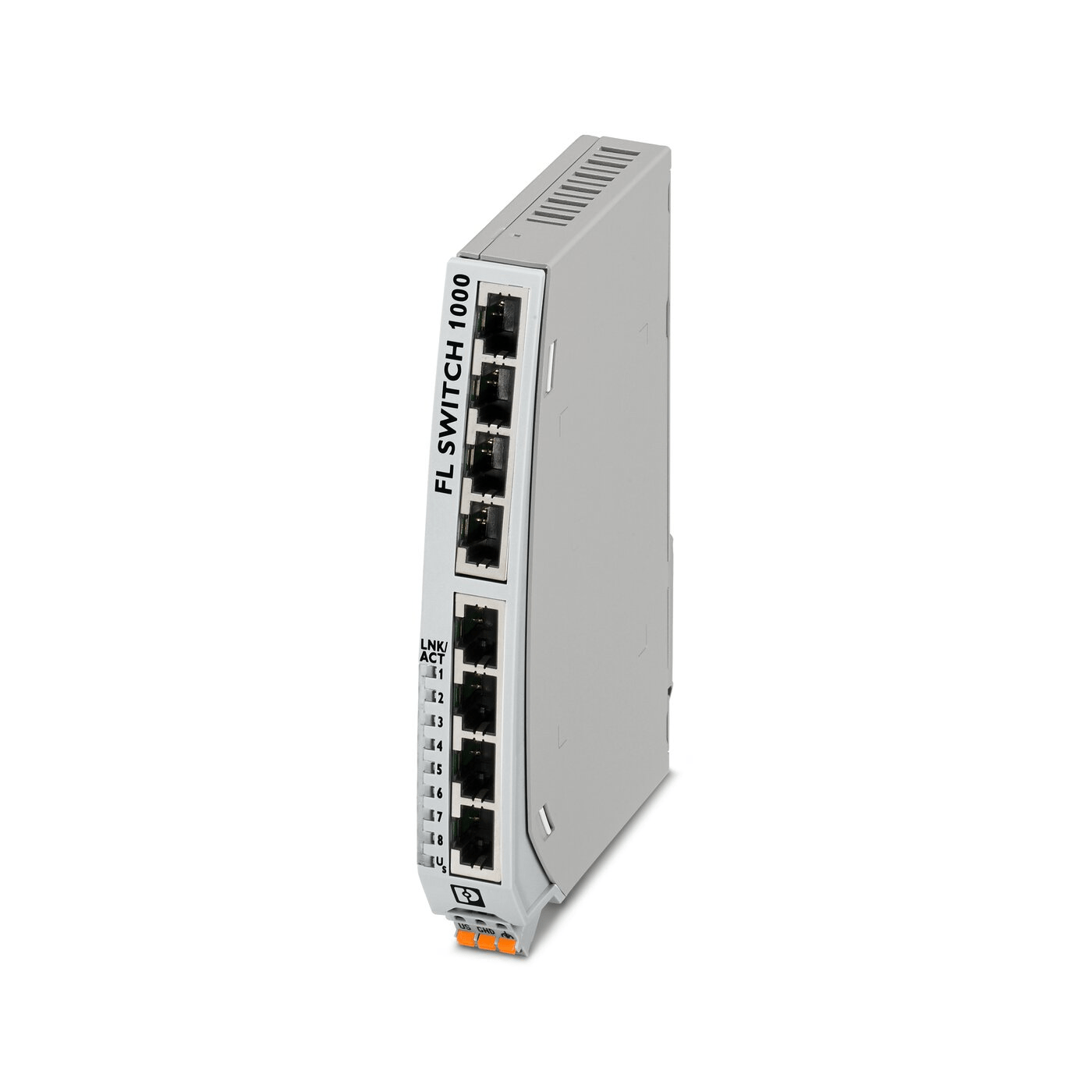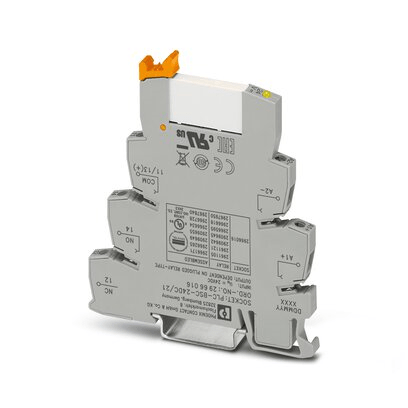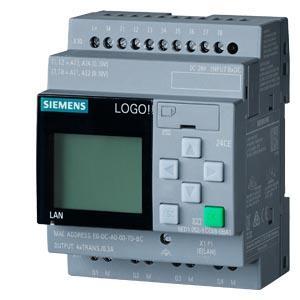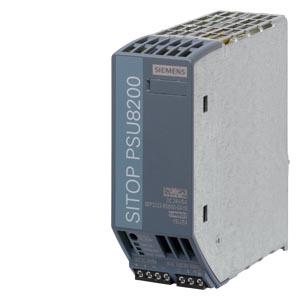IIOT

Ethernet Switch
Phoenix Contact offers a range of Ethernet switches for industrial networking applications. ,
Phoenix Contact Ethernet switches are designed to provide reliable and secure communication networks in industrial environments. They typically offer features such as ruggedized construction, industrial-grade reliability, and advanced network management capabilities. Here are a few examples of Phoenix Contact Ethernet switch product lines:
1. FL Switch: The FL Switch series includes a variety of switches with different port counts and configurations. They are designed for applications in industrial automation, machine building, and process control systems. These switches often support features like VLAN (Virtual Local Area Network) functionality, redundancy protocols, and managed switch functionality.
2. FL Managed Switch: The FL Managed Switch series offers advanced managed switches with features like Layer 3 routing, cybersecurity functions, and comprehensive network management capabilities. These switches are suitable for complex industrial networks that require high levels of control and security.
3. FL Unmanaged Switch: The FL Unmanaged Switch series provides simple plug-and-play switches for basic industrial networking needs. These switches are often used in applications where a straightforward and cost-effective solution is required without extensive configuration or management capabilities.

Phoenix Contact - SLIM RELAY
The Phoenix Contact Slim Relay, likely have a variety of applications across different industries. Here are some general applications where relays are commonly used:
1. Industrial Automation: Relays are frequently employed in industrial automation systems to control motors, actuators, solenoids, and other electrical devices. They help in switching and controlling high-power loads based on signals received from sensors, programmable logic controllers (PLCs), or other control systems.
2. Building Automation: In building management systems, relays can be utilized for tasks such as lighting control, HVAC (heating, ventilation, and air conditioning) control, access control, and energy management. They enable the integration and control of various electrical components and systems within a building.
3. Power Distribution: Relays play a crucial role in power distribution systems, where they can be used for load shedding, fault protection, circuit isolation, and switching between power sources. They help ensure the safe and efficient distribution of electrical power.
4. Automotive Applications: Relays are commonly found in automobiles for functions such as controlling headlights, windshield wipers, power windows, and other electrical systems. They provide the necessary switching capabilities for different automotive components.
5. Control Panels: Relays are often used in control panels and switchgear to control and protect electrical circuits. They enable the remote control and monitoring of various devices and equipment within the panel.







